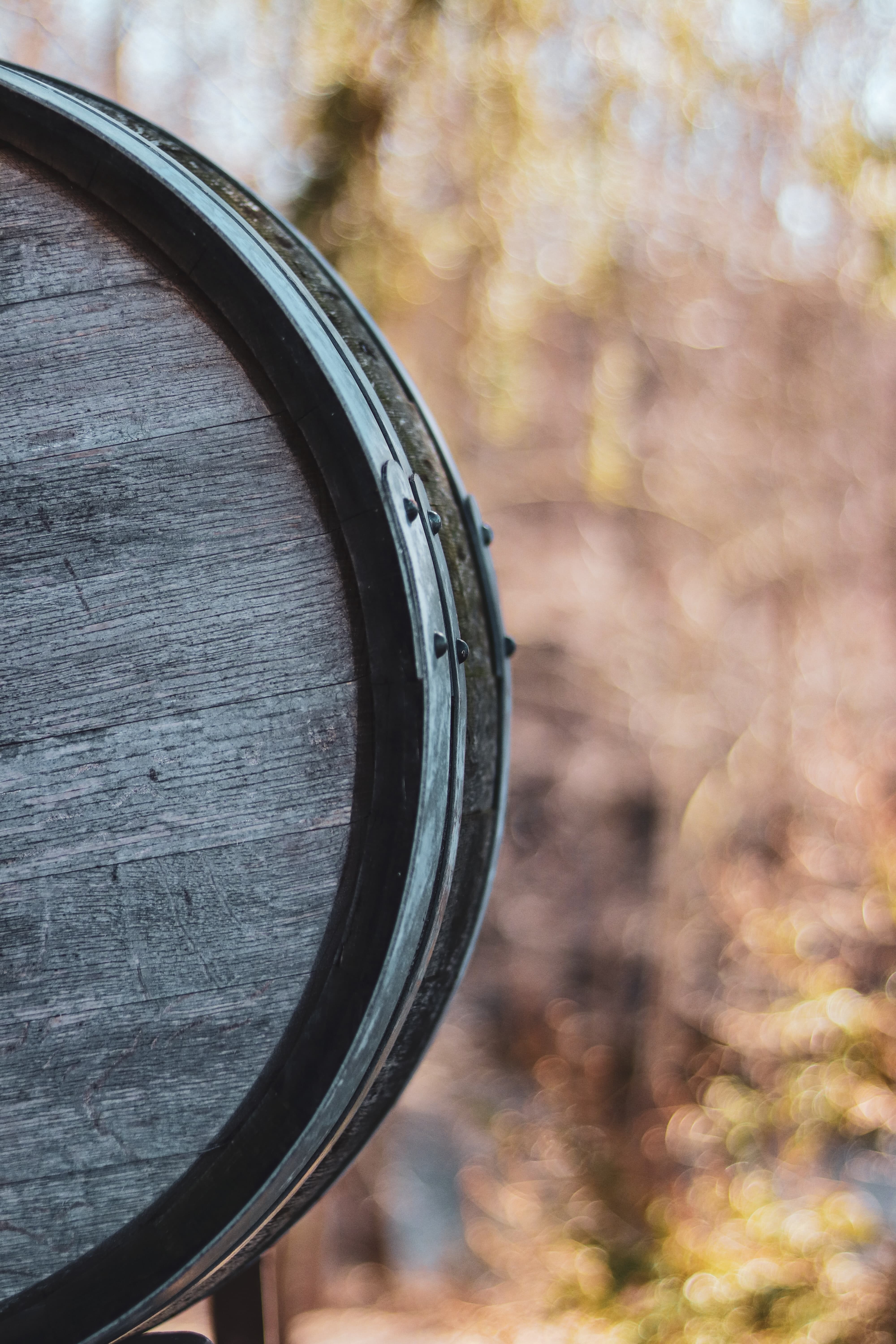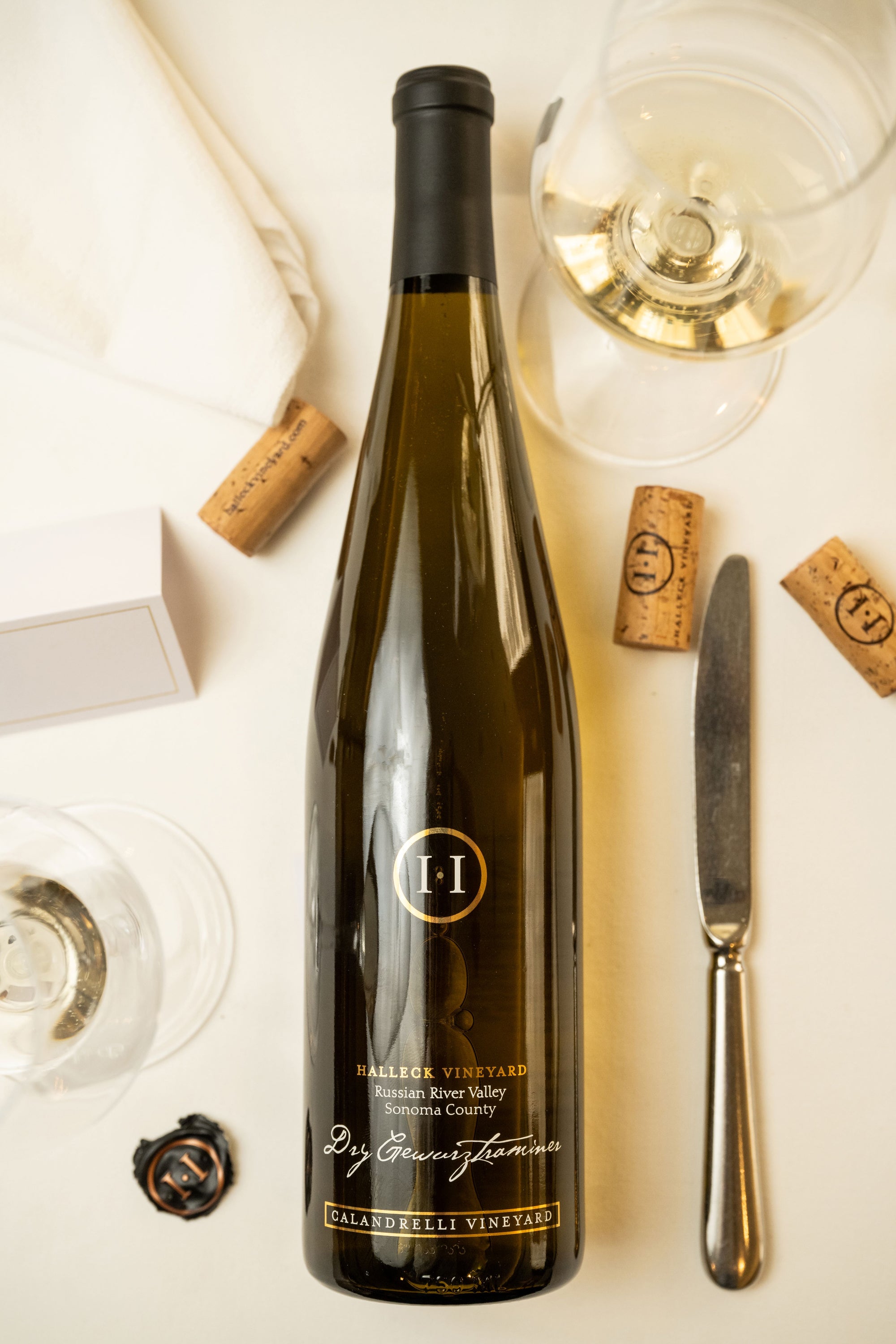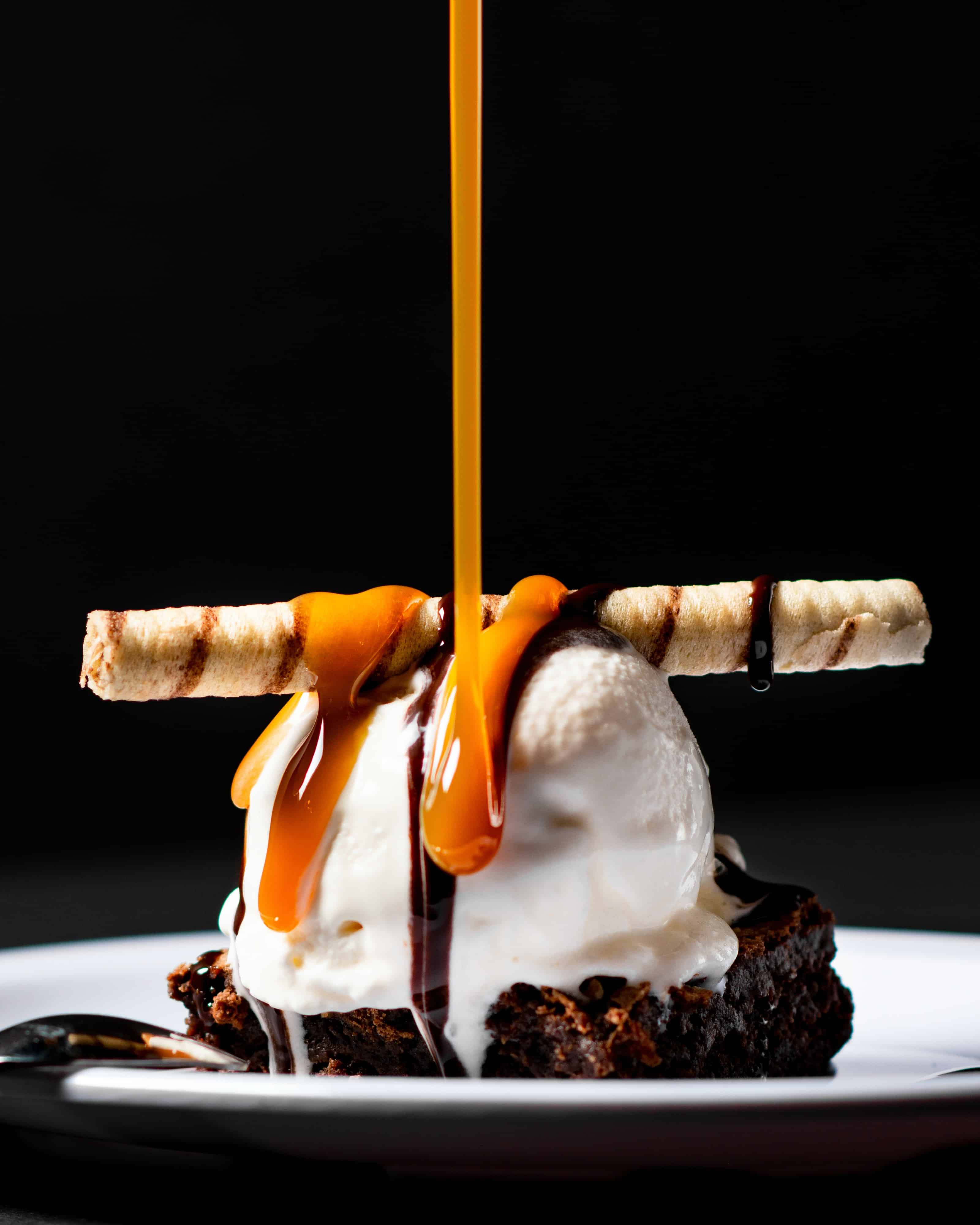Off The Beaten Path Wineries In Sonoma - Sebastopol Wine Experiences
Off The Beaten Path Wineries In Sonoma - Sebastopol Wine Experiences
Blog Article
Wineries Known For Sustainable Practices In Sonoma - Discovering Sebastopol's Wineries
Wine tasting is an art that mixes sensory experience with an appreciation for the nuances of different varietals. How to judge flavors in winery wine tasting periods is pivotal to grasping the complexities of wine.
Partaking in a wine tasting includes more than simply sipping and savoring. It requires a centered approach to identify aromas and flavors that every wine presents. As you start, observe the wine's appearance, noting its color and clarity. These visible cues usually recommend a wine’s age, grape variety, and even potential flavor profiles.
The next step in the tasting course of is to swirl the wine in your glass. This motion releases aromatic compounds which are very important for evaluation. Lean in and take a second to inhale deeply; the aromas can range from floral and fruity to spicy and earthy. The nose of the wine is just as essential as the palate, and recognizing scents performs a significant position in understanding the overall experience.
When taking your first sip, permit the wine to maneuver throughout your palate - Wineries Renowned For Cabernet Sauvignon In Sonoma. Notice the initial flavors that current themselves. Is the wine fruity, floral, or perhaps herbaceous? This initial style provides perception into what the wine is more probably to categorical as you proceed to gauge it. The mouthfeel also contributes to the general flavor experience; it can be silky, tannic, or even effervescent.
Wineries That Offer Barrel Tastings - Vineyard Experiences In Sonoma
As you proceed tasting, take note of the wine’s stability. A well-balanced wine will harmonize acidity, sweetness, and tannins. If one element overwhelms the others, it'd indicate a less desirable high quality. Evaluating steadiness may help you identify how properly the wine might pair with food.
Transitioning to the finish, contemplate how the flavors evolve because the wine lingers in your palate. A long, pleasant end can point out a high-quality wine, while a short or abrupt end may suggest otherwise. Replicate on whether or not the flavors remain constant or if new notes emerge because the wine settles. This progression can reveal complexities and intricacies that might not have been apparent within the initial tasting.
Temperature can be a crucial consider evaluating wine flavors. Completely Different kinds of wine are optimally enjoyed at specific temperatures. White wines usually shine when chilled, while red wines typically perform best at room temperature. When tasting, make certain the wine is at the appropriate temperature to totally respect its character.
Sonoma's Top Sparkling Wine Producers - Best Vineyard Visits In Sonoma
Pairing food with wine can greatly enhance the tasting experience. Meals can affect the perception of flavors in wine, either highlighting sure traits or diminishing them. When evaluating flavors, think about how the wine interacts with totally different foods, noticing which flavors are amplified or muted (Cultural Wine Experiences In Sonoma County).

Think About the affect of terroir as you interact in a winery tasting. Terroir encompasses the distinctive environmental factors that have an result on grape growing, together with soil composition, climate, and geography. Understanding a wine's terroir can provide perception into its flavors and aromas, fostering a deeper appreciation for the choices made throughout its cultivation and production.
Schooling performs a basic position in enhancing one's ability to judge wine flavors. Studying about grape varieties, wine regions, and manufacturing methods can pave the means in which for more informed judgments throughout tastings. Additionally, attending workshops or classes can refine sensory skills and expand your flavor vocabulary, enabling you to articulate tasting notes extra successfully.

Lastly, it's essential to do not overlook that evaluating wine flavors is a highly personal experience. Individual preferences and perceptions will invariably shape one’s tasting journey. Enjoyment ought to be on the forefront, with the analysis course of performing as a software to boost understanding and appreciation somewhat than create inflexible pointers.
Wineries Known For Sustainable Practices In Sonoma - Wineries With Stunning Views In Sonoma
In conclusion, mastering tips on how to consider flavors in winery wine tasting classes entails a combination of sensory engagement, information, and practice. By learning to determine aromas, assess the steadiness, and appreciate the intricacies of flavor, wine enthusiasts can deepen their connection to each bottle they encounter. As with any art type, the more one immerses themselves in the experience, the extra they'll uncover and benefit from the huge world of wine.
- Start by observing the wine's shade and readability, as these visual parts can hint at its flavor profile and growing older potential.
- Swirl the wine gently in your glass; this releases fragrant compounds, permitting you to raised determine the complicated scents related to the wine.
- Take a deep inhale earlier than tasting, specializing in each main and secondary aromas to assemble insights on fruits, spices, and different nuances.
- When tasting, enable the wine to coat your palate; note the initial flavors, the mid-palate complexity, and the finish as these levels can provide totally different flavor highlights.
- Pay attention to texture and mouthfeel, as features corresponding to tannin ranges, acidity, and sweetness contribute considerably to the general tasting experience.
- Compare flavors against standard wine characteristics; for red wines, consider berry notes, oak affect, and natural tones, whereas whites could embrace citrus, stone fruits, and floral hints.
- Take notes through the tasting session to track your impressions, helping you to remember and evaluate the different wines sampled.
- Focus On your findings with fellow tasters or winery workers, as sharing insights can improve understanding and appreciation of individual flavors.
- Permit time for the wine to breathe; typically, flavors evolve and reveal new dimensions after being exposed to air.
- Experiment with food pairings during the tasting as they'll dramatically alter how flavors are perceived, influencing general enjoyment.undefinedWhat should I look for when evaluating the aroma of wine throughout a tasting?
Begin by swirling the wine in your glass to release its aromas. Bring the glass to your nostril and take a deep breath. Pay attention to the first scents you detect, as these are often essentially the most distinguished. Look for fruit, floral, herbal, or earthy notes and try to establish specific characteristics, which will deepen your understanding of the wine's complexity.
Wineries Featuring Vineyard Tours - A Visit To Sebastopol Wineries

How can I distinguish between totally different flavor profiles in wine?
Understand that flavor profiles are sometimes categorized as fruit, floral, herbaceous, spicy, or mineral. Take small sips and allow the wine to coat your palate. Discover the primary flavors that emerge first and the subtle notes that observe. This layering is important in distinguishing the wine's traits and can help you respect its unique profile.
Exclusive Wine Clubs In Sonoma - Vineyards Near Sebastopol
What is the significance of the wine's texture in a tasting?
The texture of the wine, also referred to as mouthfeel, plays a vital role in how we perceive flavors. Pay consideration to whether the wine feels easy, creamy, or gritty. The body of the wine (light, medium, or full) can enhance or distinction with flavors, providing a more rounded experience throughout tasting.
How do I assess the stability of flavors in wine?
Steadiness in wine refers back to the harmony between acidity, sweetness, tannin, and alcohol. Take a second to read this post here assess whether these elements complement or intervene with one another. A well-balanced wine will have none of its components overpowering the others, creating a pleasant tasting experience.
Elegant Wine Tasting Locations In Sonoma - Tasting Experiences In Sebastopol Vineyards
What position does temperature play in evaluating wine flavors?
Temperature can considerably impact the perception of flavors. Usually, purple wines are greatest served slightly under room temperature, while white wines benefit from being chilled. As the temperature modifications, the aromas and flavors can shift, allowing you to understand totally different traits. It’s essential to style wine at its optimal temperature for true analysis.
Wineries Perfect For A Relaxing Afternoon - The Beauty Of Sebastopol Wineries
How can I improve my tasting skills over time?
Practice is essential to improving your tasting skills. Wineries With Beautiful Architecture. Attend tastings, keep a journal of your experiences, and discover several varieties of wines to broaden your palate. Additionally, studying about wine manufacturing and grape varieties can provide context that enhances your analysis course of, making you a more knowledgeable taster.
Is there a particular order in which I ought to style the wines?
Historical Wineries To Visit In Sonoma - Sebastopol Vineyard Experiences
Yes, it’s advisable to taste wines from light to full-bodied and dry to candy. This progression prevents the stronger flavors from overshadowing the more delicate ones, permitting you to totally appreciate each wine's traits and nuances with out palate fatigue.
How can I evaluate the aftertaste of wine?
Family Friendly Wineries With Outdoor Spaces - Sebastopol Winery Experience
The aftertaste, or end, is a crucial side of the wine-tasting experience. After swallowing, take note of how lengthy the flavors linger in your palate and whether they change. A long, pleasant finish is often an indicator of a high-quality wine, whereas a brief or disagreeable finish might suggest otherwise.
Why is it important to notice the wine’s acidity throughout tasting?
Acidity contributes to the general freshness and structure of the wine. Pay attention to the tingling sensation on your tongue; larger important source acidity can improve the wine's liveliness and stability out sweetness. Noting acidity helps determine the wine's versatility with food and its aging potential.
What should I do if I battle to establish particular flavors in wine?
Wineries Featuring Vineyard Tours - Sonoma Wine Tasting Recommendations
Struggling to establish flavors is frequent, particularly for novices. Focus on broader classes and describe what you can acknowledge, corresponding to candy or earthy notes. With practice, studying about completely different flavor profiles, and maybe utilizing flavor wheels, you will refine your senses and develop a more nuanced strategy to tasting. Report this page